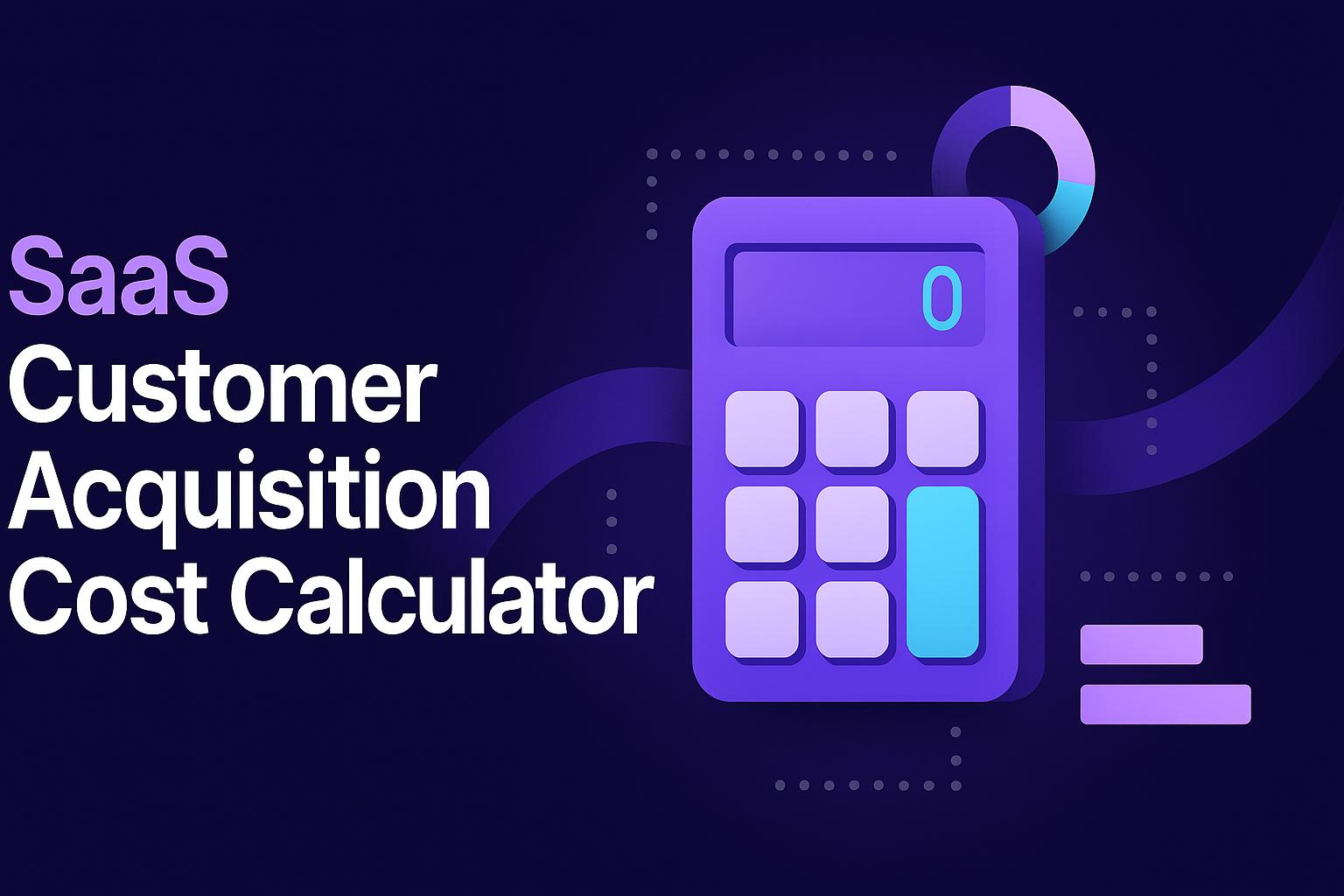SaaS Customer Acquisition Cost Calculator



Understanding Customer Acquisition Cost for SaaS Growth
Running a SaaS business comes with unique challenges, and one of the biggest is figuring out how much it costs to bring in each new user. That’s where tracking your Customer Acquisition Cost (CAC) becomes a game-changer. This metric reveals the real price of your marketing and sales efforts, helping you see if you’re spending wisely or burning cash on strategies that don’t deliver.
Why CAC Matters for Your SaaS
If you’re pouring money into ads or sales teams, you need to know the return on that investment. A high cost per customer can signal inefficiencies, like targeting the wrong audience or over-relying on expensive channels. On the flip side, a lower figure often means your approach is working, letting you scale with confidence. Tools like our free calculator simplify this process, so you don’t have to dig through spreadsheets to get answers.
Take Control of Your Metrics
Beyond just calculating expenses, understanding this key number helps you make smarter decisions. Whether you’re a startup or an established player, keeping an eye on acquisition expenses ensures your growth stays sustainable. Plug in your numbers today and see where you stand!
FAQs
What is Customer Acquisition Cost (CAC) for SaaS?
CAC is the total amount you spend on marketing and sales to acquire a single customer over a specific period. For SaaS businesses, it’s a critical metric because it shows how efficient your growth efforts are. If you spent $10,000 on campaigns and gained 50 new customers, your CAC is $200. Keeping this number low while maintaining quality leads is the goal!
What’s considered a 'good' CAC for a SaaS business?
There’s no one-size-fits-all answer, but a good CAC depends on your industry and customer lifetime value (LTV). A common benchmark is to aim for a 3:1 LTV-to-CAC ratio—meaning if your CAC is $300, each customer should ideally bring in $900 over their lifetime. If your CAC feels high, it might be time to tweak your targeting or cut underperforming channels.
How can I lower my CAC without losing quality leads?
Start by analyzing which marketing channels give you the best bang for your buck—maybe organic content or referrals work better than paid ads for your audience. You could also refine your ideal customer profile to avoid wasting spend on poor-fit leads. And don’t sleep on retention; keeping existing customers happy often costs less than chasing new ones!

sustainable revenue channels.







